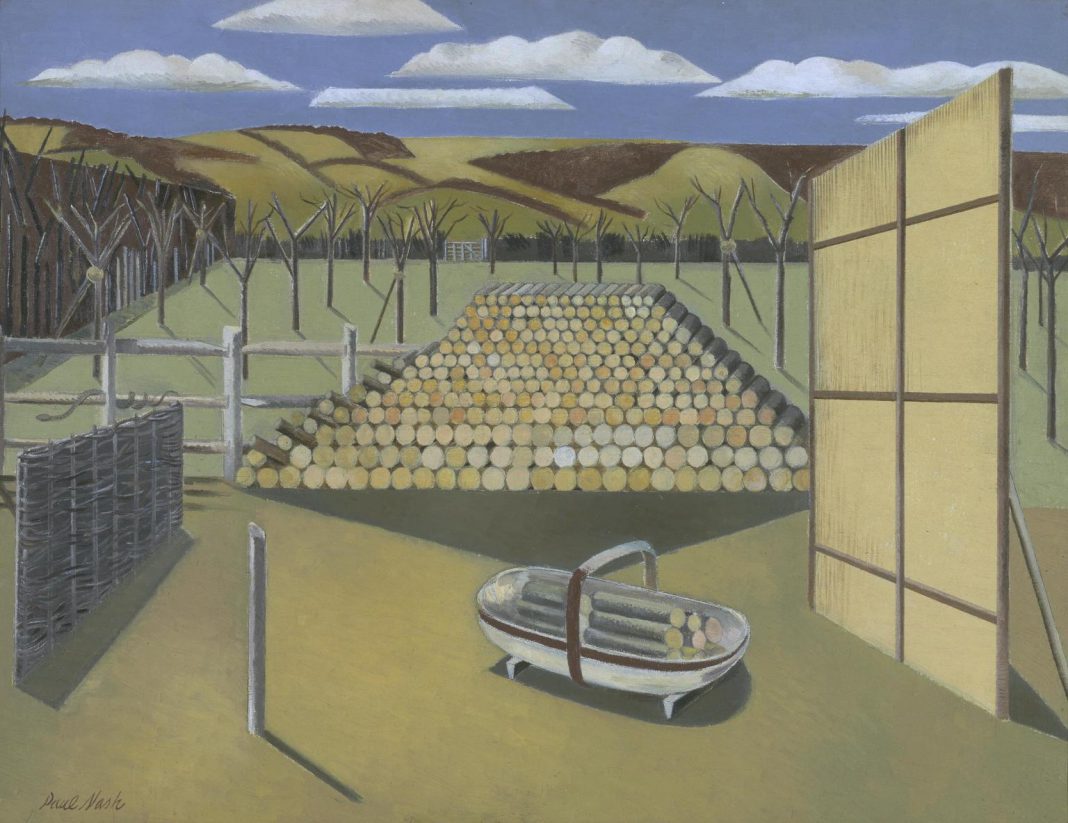Chapter 1 of my recently published monograph, The Kaleidoscopic Vision of Malcolm Lowry: Souls and Shamans (Lanham, MD, USA: Lexington Books, 2019) focusses on the Sussex connections of the authors, Malcolm Lowry (1909-57) and Conrad Aiken (1889-1973) and of the artists, Paul Nash (1889-1946) and Edward Burra (1905-76).
A symbolist poet and novelist, Aiken held a lease on Jeake’s Storehouse (founded in 1689) on Mermaid Street in the ancient maritime town of Rye from January 1924 until 1947. Portrayed as a stoic of inner anguish, he was enthused by depth psychologists, such as Sigmund Freud (1856-1939), whose discoveries proved vital to surrealism’s exploratory methods of liberating the imagination.
Immediately after returning from the Far East in 1927, Lowry – a late modernist writer – discovered Aiken by reading Blue Voyage – his novel about pilgrimage – which had just been published. Beguiled by the way in which this experimental work related to conscience and consciousness, he visited him in Cambridge, Massachusetts in summer 1929.
Malcolm Lowry was drawn to the patronage of Aiken who tutored him for matriculation to read English at St Catharine’s College, Cambridge in October. He regarded him not only as his mentor, but also as a surrogate father, in that he provided him with an ongoing source of guidance.
He was lured to Rye in August 1930 to assist his protégé relocate to Jeake’s House on his return from the USA. Lodging with him again in March-April, 1931, he kindled a complex, though enduring relationship which involved sharing a lifelong love of literature and, indeed, alcohol.
In ‘Ushant’ (1952) Aiken praises his dwelling in Rye, declaring: “And by how many noble or beautiful or delightful spirits had it been lighted and blessed! Lighted by love, lighted by laughter, the kind of light that never goes out.” This autobiographical narrative is replete with the names of artists, for example, Paul and Nicholas. As is evident in its key, they are fictional portraits of Nash and Burra, respectively, who had known each other since 1925.
It was in the civil parish of Rye that Aiken introduced Lowry to these two prominent local surrealists. He had been called on at Look Out Cottage on Strand Hill in Winchelsea by Paul Nash in 1922 and had become acquainted with Edward Burra (who lived at Springfield Lodge in Playden near Rye) in 1931.
Resident in Dymchurch on the Romney Marsh in Kent since 1921, Nash (who would become a distinguished official war artist and landscapist) moved to Sussex in 1925. He settled in the village of Iden and then at La Rochelle on East Street, Rye (where he resided from 1929 until November 1933).
Burra was presented to Lowry in summer 1932. Two of his paintings, John Deth: Hommage à Conrad Aiken (c. 1931) (who acquired it for his art collection) and Blues for Ruby Matrix (1934) were inspired by Aiken’s poems. It was to Sussex too that Lowry returned in February 1956 to spend the last year of his life in The White Cottage in Ripe.
Image Credits: © Tate, Photo © Tate, CC-BY-NC-ND 3.0 (Unported) CC-BY-NC-ND 3.0 (Unported) .



